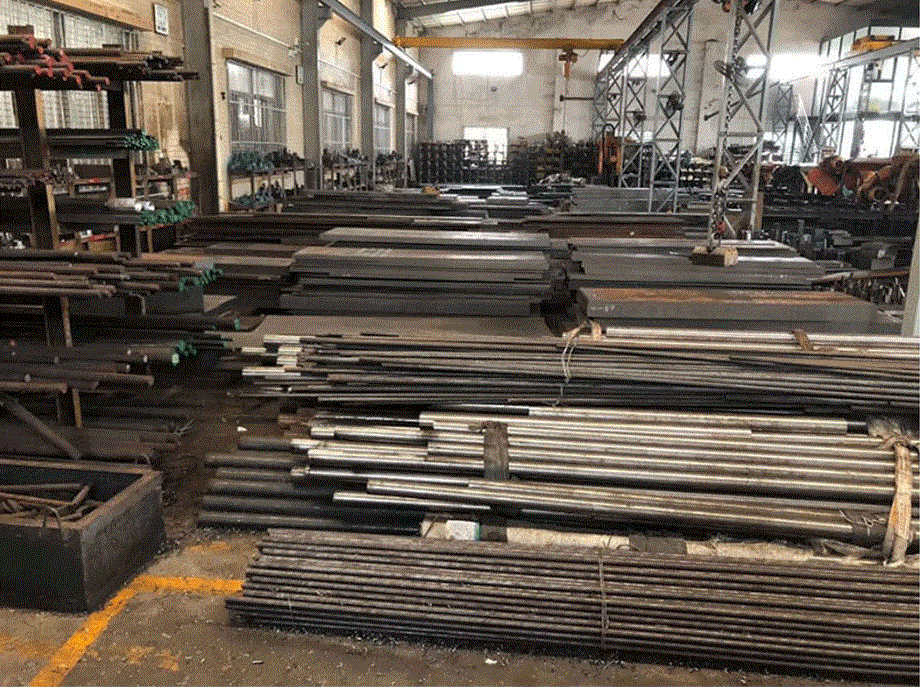H10 1.2365 SKD7 Hot Work Tool Steel
- Model
- H10 1.2365 32CrMoV12-28 SKD7 3H3M3F 3Х3М3Ф
Item specifics
- Steel Grade
- H10 1.2365 32CrMoV12-28 SKD7 3H3M3F 3Х3М3Ф
- Shape
- Round bar
- Diameter
- 80-500mm
- Length
- 2-5.8m
Review
Description
Product Description of 1.2365 steel
1.2365 hot work tool steel has excellent resistance to softening at high temperatures. This particular grade is resisitant to thermal fatigue cracking and can be cooled in water for servicing.
Applications
Forging dies for steel, mandrels, dies, die holder bolsters and dummy blocks, punches, die inserts, gripper and header dies, hot shears, aluminum die casting dies.
Standard
Chemical composition of 1.2365 steel (typical analysis in %)
Mechanical of hot work H10 steel
Heat Treatment
Forging
Heating for forging must be done slowly and uniformly. Soak through at 1900-2000°F, and reheat as often as necessary, stopping work when the temperature drops below 1650°F. After forging cool slowly in lime, mica, dry ashes or furnace. H10 hot work tool steel should always be annealed after forging.
Annealing
Heat slowly to 1550-1650°F, hold until the entire mass is heated through, and cool slowly in the furnace (40°F per hour) to about 1000°F, after which the cooling rate may be increased. Suitable precautions must be taken to prevent excessive carburization or decarburization.
Stress Relieving
stress reliving when desirable to relieve the strains of machining, heat slowly to 1050-1250°F, allow to equalize, and then cool in still air.
Hardening
Warm slightly before charging into the preheat furnace, which should be operating at about 1400-1500°F. 1.2365 hot work tool steel is a very deep hardening steel, and although oil quenching may be used where maximum hardness is required, air hardening is recommended for most applications. The use of salt bath or controlled atmosphere furnace is desirable to minimize decarburization, and if not available, pack hardening spent pitch temperature employed Annealing is usually in the range of 1800-1900°F.
Tempering
Tempering practice may vary with size and application, but is usually performed in the temperature range of maximum secondary hardness or higher double tempering is recommended.













